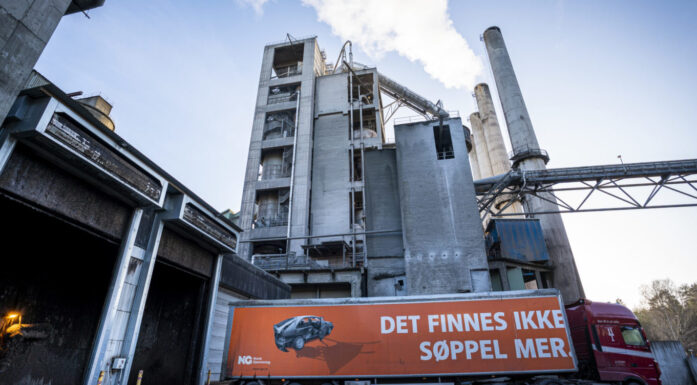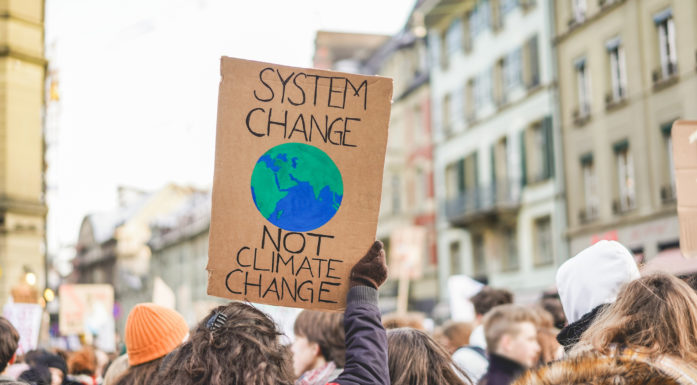Blue hydrogen: the real bridge between fossil fuels and renewable energy
Blue, also called “low carbon” hydrogen will make for a much more suitable transition towards renewable energy than natural gas.
Based on an opinion piece by HYDROGENi Centre Director Nils Røkke, “Nå må vi slutte å snakke om naturgassens fortrinn” (“We must stop talking about the advantages of natural gas”), published in Dagens Næringsliv, December 2022:
Natural gas is not the answer
In Norse mythology, Asgard (the world of the gods) and Midgard (the world of men – Earth) are connected by a rainbow bridge called Bifrost. Currently, we are in need of our own bridge between two worlds: a world powered by fossil fuels and a world powered by renewable energy.
Traditionally, this bridge was thought to be natural gas. Despite being a fossil fuel in itself, natural gas is more environmentally friendly than coal or oil, as gas-fired powerplants produce less than half the carbon dioxide (CO2) emissions of a similar coal-fired powered plant.
However, this is not the full story. Only 30% of natural gas is used to produce power, with the rest mainly used for heating and industrial processes – and for these purposes, the CO2 emissions are significant.
For example, using natural gas to produce heat results in 2-3 times more CO2 per kilowatt hour than using heat pumps powered by electricity generated from combined cycle gas turbine (CCGT) power plants or produced from the EU power mix, which includes coal, gas and renewable energy.
Therefore, natural gas is clearly not suitable as a bridge between this society and a sustainable one, as there will be significant emissions connected to this practice.
So what can take its place?
Blue hydrogen and CCS
Hydrogen is highlighted as one of the cornerstones of the green shift by both the International Energy Agency (IEA) and European Union (EU).
Currently, hydrogen is mostly produced from natural gas but also from coal. Often referred to as “grey” hydrogen, this activity accounts for 2.5% of the world’s total CO2 emissions.
However, if we add CO2 capture and storage (CCS) to this process, we can capture more than 95% of the resulting CO2 emissions from this process. This is “blue” hydrogen or more correctly “low carbon hydrogen” – and it is much more suitable than natural gas as a bridge to a renewable society.
Furthermore, while we should strive to replace natural gas completely with hydrogen, it may be difficult to entirely phase out natural gas for some industrial processes. In these cases, we can also use CCS to capture and store the CO2 under the North Sea.
Hydrogen in Norway and Europe
Norway is a major exporter of oil and gas, and has profited greatly from this, especially since the gas prices skyrocketed after the Russian attach on Ukraine. These windfall profits should be spent on paving the road a sustainable future. We see that President Macron and the president of the European Council are not only concerned about the security of supply, but also how European Union works. Due to its strong belief in globalised value chains, Europe becomes vulnerable when these chains are disturbed. Energy is key, but this holds true about almost any other key ingredient in the European economy.
Norway is a trusted supplier of energy and has made commendable efforts to increase gas supplies to Europe, up 8% from last year. But we need to think about the next step. Let it be clear, there will no green deal without changing to a different energy mix and practices.
However, Norway’s history with oil and gas means that we also have a lot of knowledge and experience concerning both CCS and blue hydrogen. If we are to transition to a more sustainable, hydrogen-based economy, we need to gradually scale up our operations. For example, we could strive to replace 20% of the natural gas we export with blue hydrogen and 90% by 2040. This presumes the large-scale development of CO2 storage sites in the North Sea, which will also be needed for future CO2 removal.
Close collaboration with European countries will be key to achieving this end. Germany in particular will be a key focus country, who are Norway’s biggest export land for natural gas, and already signalling their interest in hydrogen. Once a model has been established between these two partners, it can then be implemented with other countries on the North Sea.
Hydrogen pipelines
Ultimately, the future energy system should be dominated by “green” hydrogen – hydrogen produced solely from renewable power and electrolysis. However, blue hydrogen can be an excellent transitionary measure as renewable energy continues to be developed and upscaled.
Therefore, it is fair to say that rather than a rainbow bridge, our link between worlds will be hydrogen pipelines.
The article was first published by the research centre HYDROGENi on 15 December 2022.






